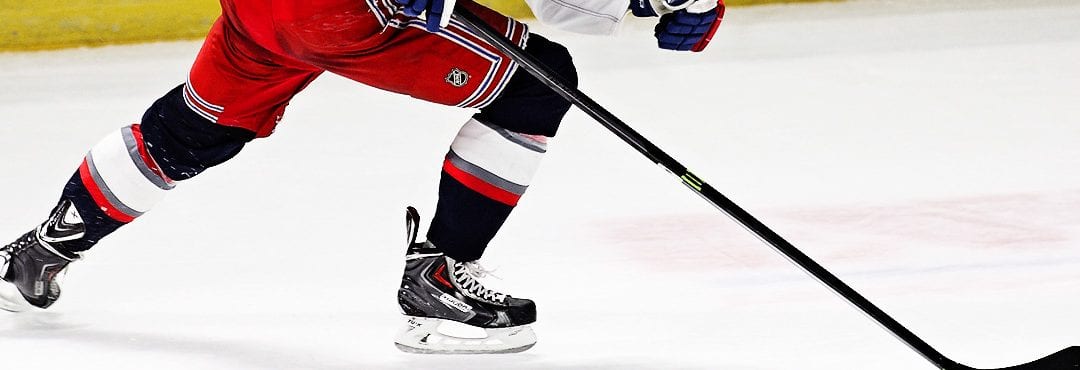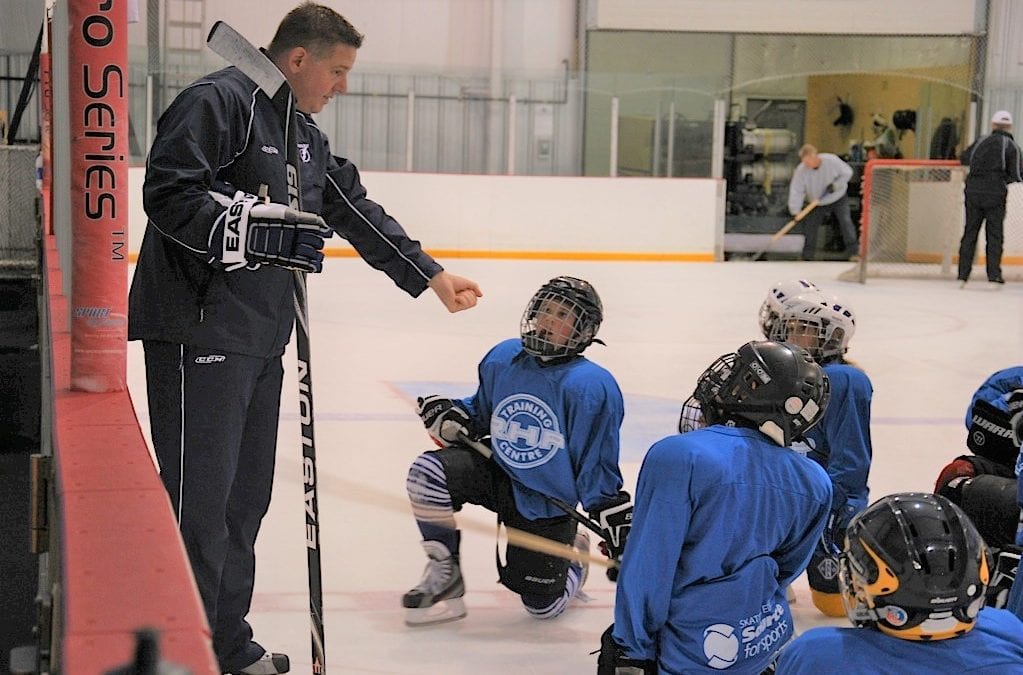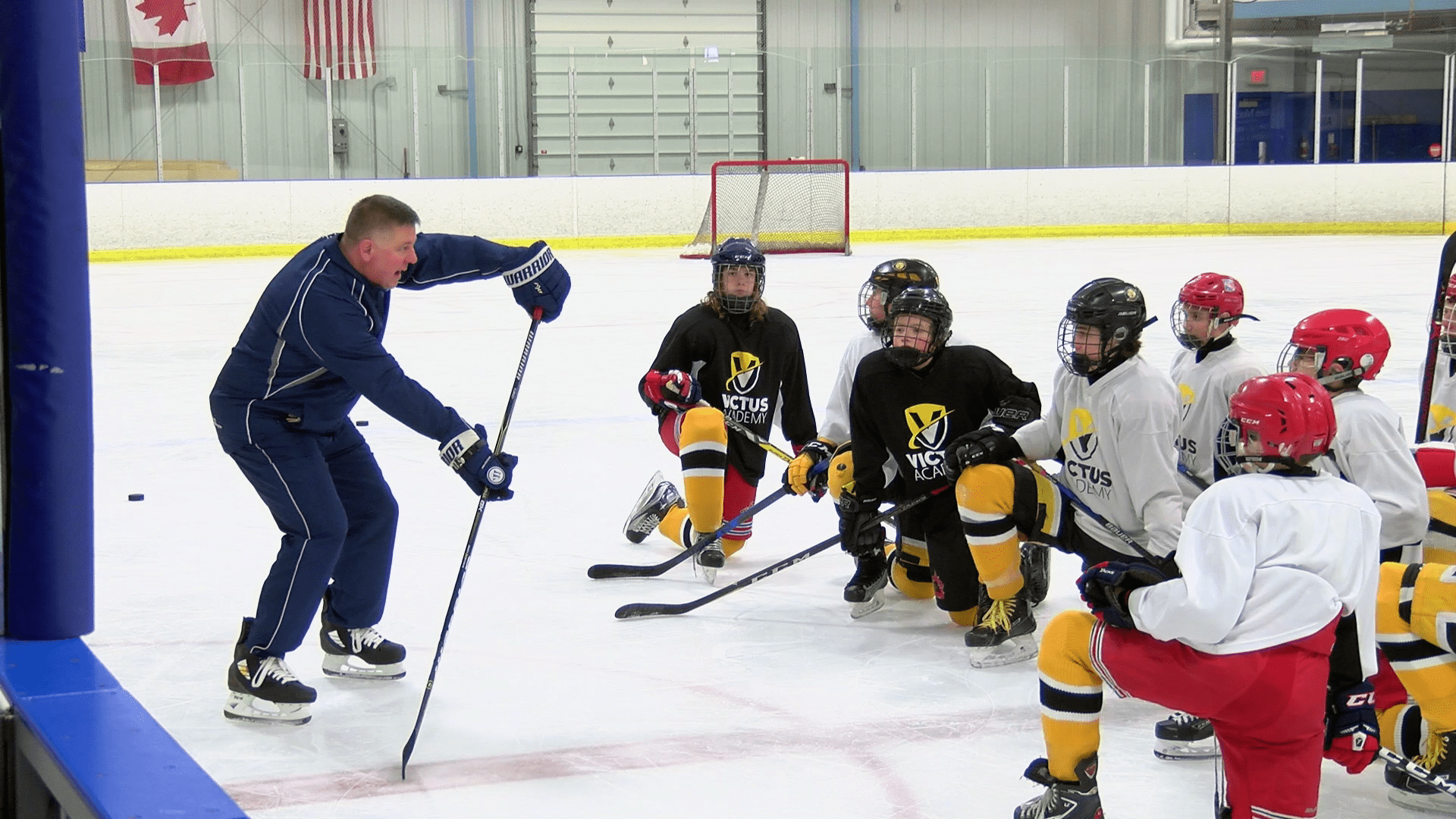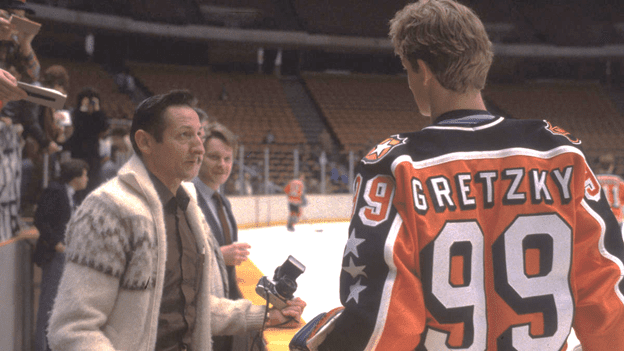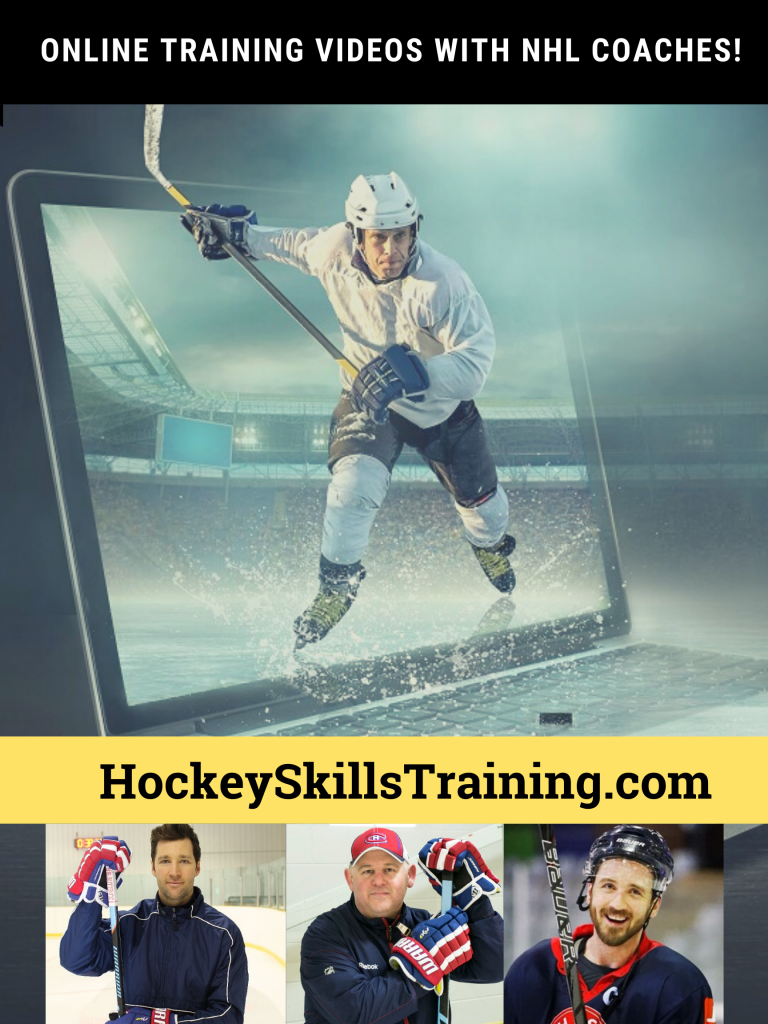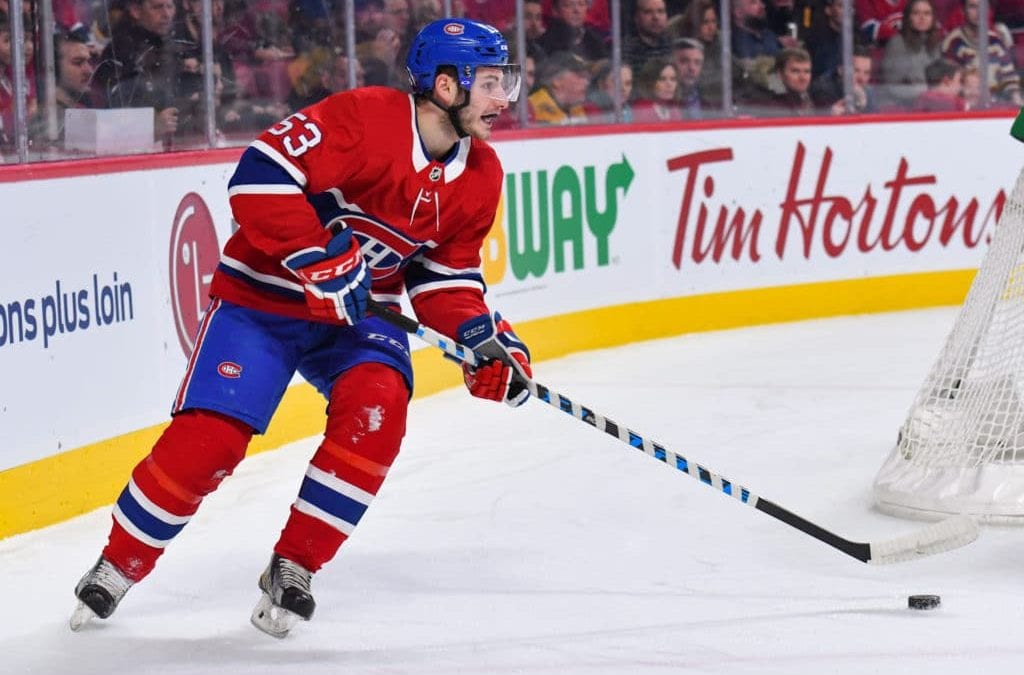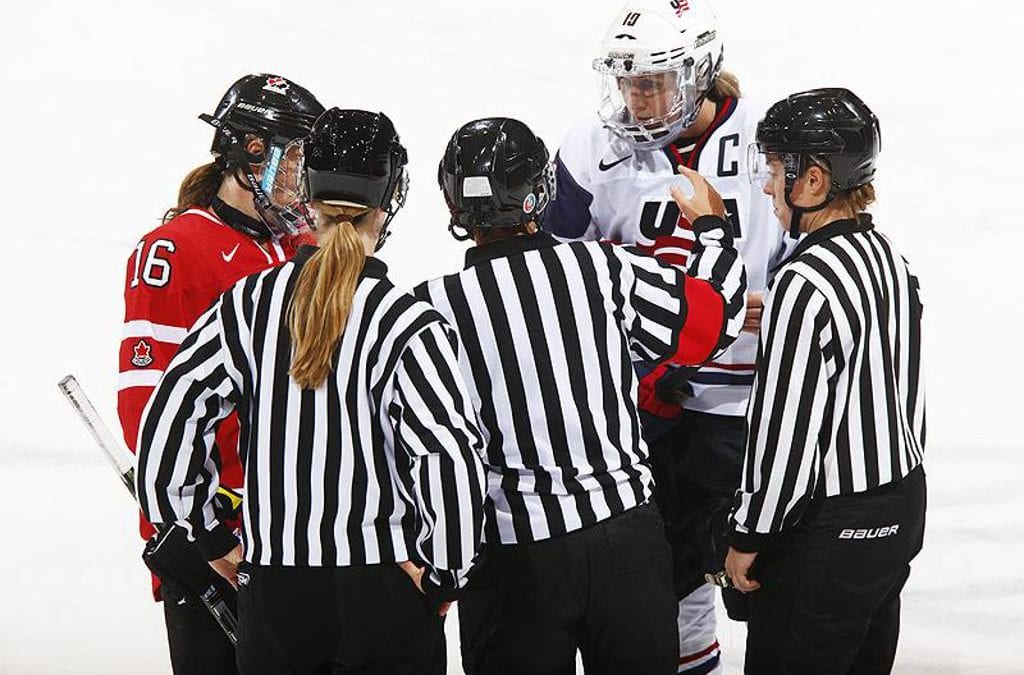
Benefits of Hockey Video Analysis
Watching video has long been a part of preparation for athletes, but it has had increased emphasis placed on it in recent years. With more camera angles, better equipment, and easier access to recordings from across any league, there are far more opportunities for players to learn from their own mistakes as well as others. Hockey players can benefit greatly from watching video and working with their coaches to understand their strengths and weaknesses. This can translate to better individual skills as well as stronger performance in a game setting. Here are some ways video analysis can help improve the overall game for the player and the team.
Hone your individual skills
Video today is clearer, crisper, and easier to slow down. Players can quickly navigate to any part of the game and find where they may have made a mistake, or where another player baffled them with an excellent play. By slowing the video down and taking a frame-by-frame approach, they can pinpoint exactly where the mistake was made and focus on tightening up their stick handling, skating, or shooting at the next practice and in the next game. Watching other individuals perform exceptional moves may also give them some ideas for their own game.
Prepare for other teams
By watching video of other teams, players can understand their habits, play-calling, and learn about their strongest and weakest players. Video of their last game against a specific team can help them to identify where they were bested and where they had the advantage, whether the previous game was a win or a loss. They can come up with new defensive or offensive strategies and overall game plans based on adjustments they should have made in the last game. They can also watch tape of the team playing a totally different team in order to gain insight and ideas on how to succeed.
Gain a new perspective
When you are playing a game, you can only see things from your own perspective. You may understand where you went wrong and have an idea of how to fix it, but watching video allows you to step back and see things from a third-person point of view. It’s often easier to find the flaws, whether they be mechanical or mental, when you can slow the tape down and watch the play developing from all parts of the ice. In addition to gaining a new view for yourself, you can watch the tape with coaches and other players and discuss what happened, further allowing yourself to evaluate what you did right and what might need to change the next time around.
Prevent Injuries
While injuries can have a variety of causes, many are due to poor mechanics or bad habits. Watching videos with coaches and trainers can help players understand which movements – or lack of movements – can contribute to strains, sprains, and other injuries, even if they haven’t been directly responsible for one to this point. It is important to notice these behaviors before they become prevalent, and watching video is the most effective way to pinpoint which actions could be detrimental to a player’s health.
Statistical Metrics
Watching video gives players a chance to learn about their stats over the course of the season. Metrics such as shots per game, points per game, puck touches, save percentage, and more will change throughout the season, and videos will show the player why they may be improving or regressing in certain areas. Perhaps a more aggressive offensive approach is leading to more shots, but also causing the player to commit more costly turnovers. Watching videos to see how habits and success has changed from game to game throughout the season may encourage the player to make certain adjustments that can result in both skill improvement and in-game performance.
Follow the League’s Top Players
No matter what league you play in, there are sure to be some superstar players on other teams. Watching video of them can help other players see why it is that they are the best. You’ll get an idea of their natural instincts as well as the adjustments they make on the ice in order to gain every advantage possible. There’s nothing wrong with learning from other players, and video of skilled rivals may be the only way you’ll learn about their abilities and figure out how to apply them to your own game. Even the best players have mentors and other athletes that they look up and learn from.
Improved Game Plans
Coaches and players alike can work on improving their game plan when they watch video of past performances. While the coach usually has the final say on the strategy that the team will use, he can gain valuable insight from his players as they watch video with him. That can mean taking ideas from other teams or altering your current plan slightly in order to create more scoring opportunities. This is both a team exercise and an individual one, as players can discuss certain mechanics and decisions with one another as they work together to bolster individual skills while coming up with a cohesive strategy that plays to their strengths as a team while avoiding weaknesses as much as possible.
Team Unity and Better Performance
All in all, video has been a highly effective tool for athletes across all sports, and hockey teams should be studying video regularly to become more competitive and create more unity both on and off the ice. Chemistry on the ice during a game is just one important aspect of playing hockey, but it is not the only one. Video analysis and viewing sessions give the team even more time together to get another view of how they play and come up with ideas both on their own and together. It is also very helpful for the coach to be able to show video to his team so that they can keep learning to adjust to the rest of the league.


